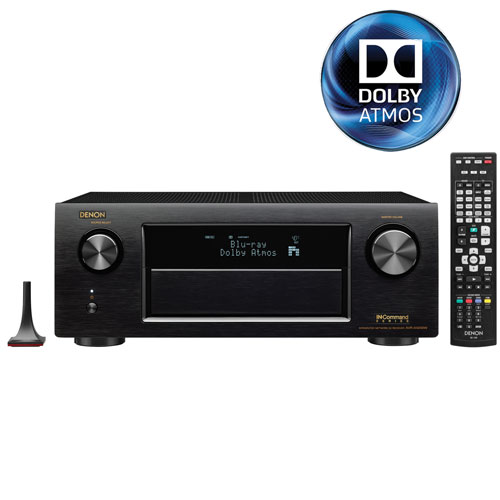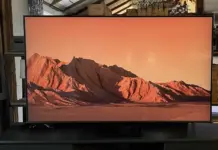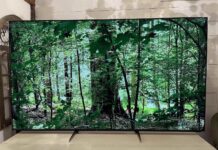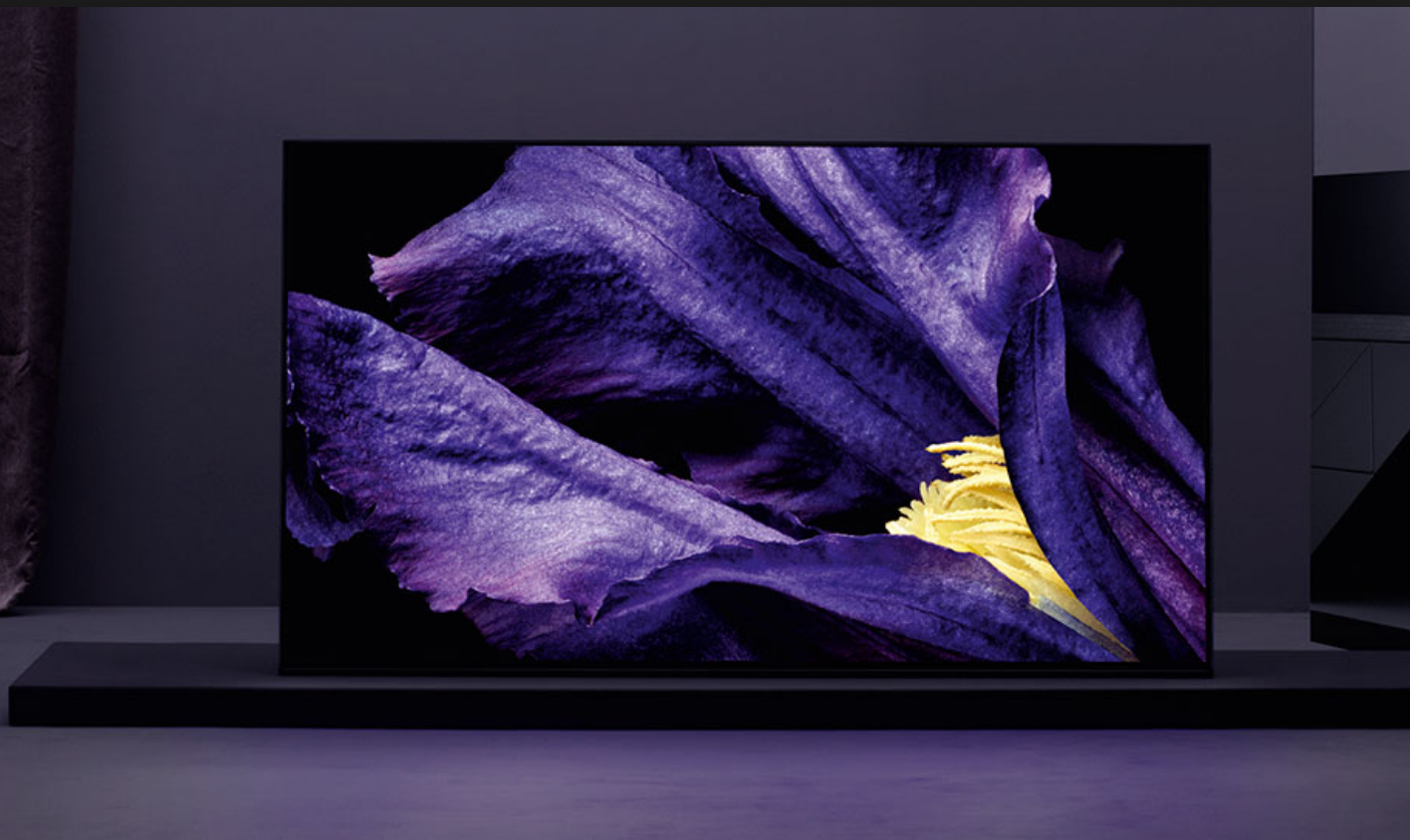
4K TV has been around for a few years, but it’s still the gold standard for TV and video quality. Also known as Ultra HD, a 4K TV offers you the best of all worlds—from top-quality resolution to smart features for instant video streaming.
4K TV Buying Guide Quick Reference Handout
Table of Contents
- What is a 4K TV?
- Which is right for you: OLED, QLED, MiniLED, or MicroLED?
- Benefits of 4K
- Choose the right size
- What about an 8K TV?
- 4K and home audio
Why you’ll want 4K
To answer the question ‘Why 4K?’, the first thing we need to do is talk about pixels. Pixels make up the ‘4’ part of 4K TV. The term 4K comes from the fact that there are approximately 4000 horizontal pixels available on this type of TV. In comparison, a regular HD TV has only about 2000 horizontal pixels.
Why are pixels so important? More pixels equal a clearer, more precise, and more vivid display. A 4K TV has 3,840 x 2,160 pixels, and that adds up to more than 8 million pixels total. When you do the math, it’s easy to see that 4K TVs give you four times the detail of current high-definition televisions.

What is 4K Ultra HD?
When shopping for a new 4K set, you’ll likely notice the terms 4K, UHD, Ultra HD, or the all-encompassing “4K Ultra HD” being used. The terms are all interchangeable. While UHD has become the official term for this format, people had been using the term 4K for so long that the name stuck.
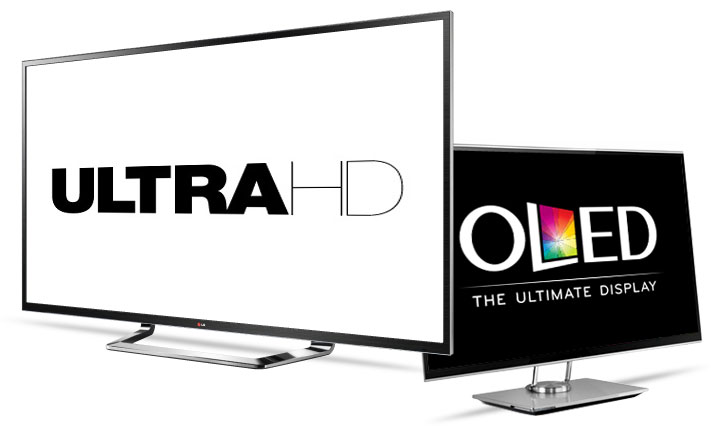
What’s better? 4K Ultra HD, OLED or QLED?
There are a variety of 4K TV display types available. One of the easiest ways to narrow down your options is to choose the best type of backlight for you. The backlight, shines behind the pixels, usually illuminating them in groups.
You have several options including LED, OLED, QLED, QLED with Mini-LED, Nanocell, Full Array, and Micro-LED.
What is a 4K OLED TV?
OLED stands for Organic Light Emitting Diode TV. These diodes are similar to the LEDs that produce the backlight in an LED TV. However, OLED diodes are entirely self-illuminating. That means they can light up your display without requiring an additional backlight. A huge advantage is that each OLED pixel can turn on and completely off. OLED TVs can also be ultra-thin and have brilliant colour and contrast. They don’t show much bleed through or blurring of colour since each the diode can turn fully off. Because the diode can turn off, they are also the only TVs that can achieve true black.
Of course, OLED and 4K are a team. 4K defines the number of pixels, and each pixel is made from OLED technology.
What is a 4K QLED TV?
QLED TVs are LED TVs, so they use a backlight as the light source. A QLED TV has a layer of nanoparticles called quantum dots. These quantum dots enhance the TV’s colour and brightness. 4K QLED TVs are very popular due to their brightness, clarity, accessible price point. You’ll find this type of TV available from brands like Samsung, TCL, and LG.
What is a 4K Mini-LED TV?
A Mini-LED TV is an LED TV too, but the diodes are only about a fifth the size of a standard LED. Because of the smaller size, more Mini-LEDs can be packed into a display. They are distributed across more than one hundred dimming zones. When paired with quantum dots, a 4K Mini-LED QLED TV can produce a picture with ultra-bright colours, amazing contrast, and almost true black. People love Mini-LED TVs for a few reason. They they can produce almost the same deep, dark blacks and rich colours as an OLED. Additionally, they are brighter than OLED and less expensive.
What is 4K MicroLED?
A MicroLED is even smaller than a Mini-LED. They are only 0.002 inches across, so they are approximately the size of a single pixel. Because of that, they can do something LED and even Mini-LED can’t do; function as a single pixel. MicoLEDs are bunched together in clusters of red, blue, and green, and each pixel can light up in any colour, can achieve any level of brightness, or can switch off completely.
This technology is turning heads because a 4K MicroLED TV can achieve an almost true black, and that makes it almost as perfect as OLED. MicroLED TVs aren’t part of the mainstream for 4K or even 8K yet, but 2022 could be the year we begin to see them popping up in homes everywhere.
You can learn more about MicroLED technology from this article.
Nanocell & Full Array technology

You may also see 4K TVs associated with Full Array technology and Nanocell technology. You can read about them in-depth in What is Full Array TV technology and What is Nanocell TV technology on the Best Buy blog.
Benefits of 4K resolution
When you place a 4K TV beside a TV with 1080p resolution, you can immediately see the difference in detail and how sharp the video quality is. There are a lot of other benefits to having a 4K TV too.
4K looks better in a bright room
4K TVs have more pixels than a 1080p Full HD TV. With so many extra pixels to showcase colour and produce a brighter picture, a TV with 4K resolution is much better for bright rooms with a lot of natural light. Even if the TV is placed directly in front of your windows, your 4K TV’s picture quality will be vivid and enjoyable to watch.

4K TVs have better contrast
4K TVs, especially 4K QLED TVs or 4K Neo QLED TVs, can produce a wider colour palette and have better contrast than 1080p TVs. Some models can produce millions of colours, and can achieve deep, rich blacks and ultra-bright whites.
4K content is now mainstream
4K content is now the norm, not the exception. Most Canadian streaming services include 4K as an in-home option for cable subscribers. Netflix and Disney+ are leading the way in Ultra HD programming, but you can also find a huge amount of content on YouTube for free. If you choose a TV with HDR or Dolby Vision, you’ll be able to access that content too.
4K TVs are the best choice for anyone who enjoys sports. With sharp picture quality and technology built in to smooth motion blur, every game you watch will make you feel as though you’re right on the field with the team.
If you’re a gamer, you’re going to love having a 4K TV. The latest consoles offer many titles in 4K. You can choose a TV with HDMI 2.1 ports that offer 4K/120Hz to connect to your PS5 or XBox Series X. If your TV will be a bright room, a 4K QLED will be a great choice for gaming. If your room is on the dark side, a 4K OLED will offer outstanding gaming.
How big should a new 4K TV be?
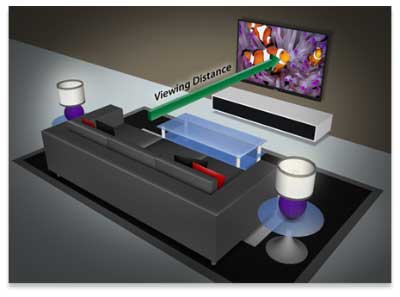
A 4K image is most impressive for screens larger than 40 inches. Since 4K is all about colour and detail, it’s reasonable to think none of those things can be fully appreciated on a very small set.
A good starting size for a new 4K TV is a 40” set. That size can fit easily into a living room or family room.
This resolution is available in the 50 inch range too, and many have smart capabilities already built-in. A 55-inch 4K TV is one of the most common sizes selected by Canadians for their living room. You’ll get a beautiful display that’s the perfect size for family viewing, and you can opt for smart functions like Wi-Fi and streaming TV.
If you want to go really big, look for a 4K TV in the 60-69 inch, 70-79 inch, 80 inches and over range. LG, Sony, Samsung, Panasonic, Philips and VIZIO all make very large screen TVs. They will absolutely fill your field of vision with razor-sharp, realistic video, gaming, or whatever kind of content you’re into.
You can read more about how to choose a TV in our blog article “How to choose the right TV.“
How 4K upscaling works
Many 4K TVs also offer upscaling, so your new TV will be able to upscale HD content so it’s as close to 4K resolution as possible. That means that, no matter what you’re watching, everything will look better on your new TV. You can read about how upscaling works in this blog article.
What about 8K TV?
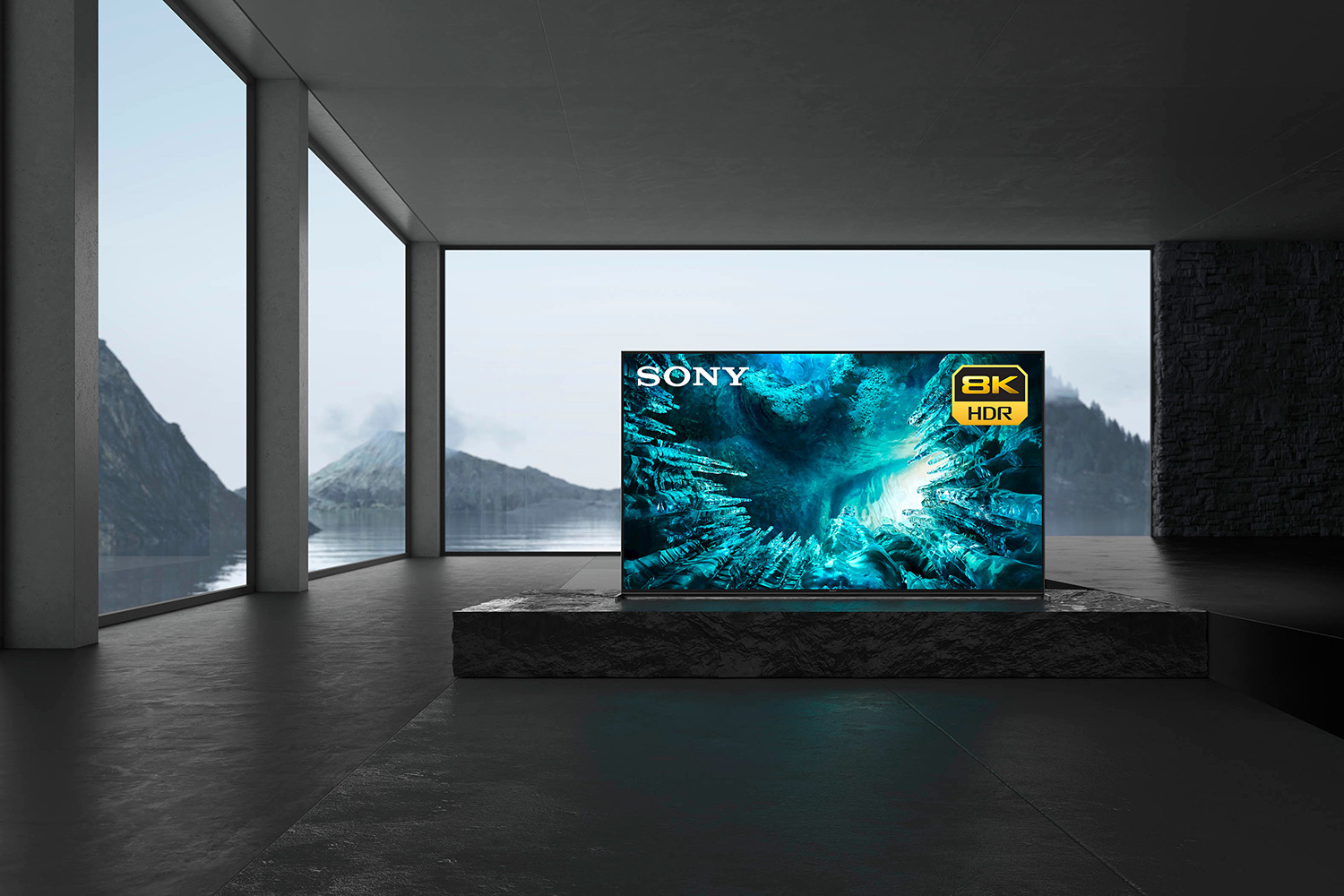
You don’t have to worry. A 4K TV is still going to be a wise choice for at least the next 6-10 years. 8K TV is a new, still-emerging technology that’s going to take some time to get its feet on the ground.
So what is 8K TV, what sets it apart from 4K, and should you get one now? Check out all the 8K basics in this helpful article and see what’s available in 8K right now.
You can choose an 8K TV today at Best Buy. However, you won’t find a lot of real content being made in 8K resolution just yet.
Complete your new home theatre with high-definition home audio
No movie is complete without great audio, so you’ll want to have your sound match your picture quality. Experience the benefits of new features like Dolby Atmos and DTS-X Surround.
Get a new 4K TV now and experience the best viewing experience for many years to come. For more you can read Learning new TV Tech: All about 4K from the Best Buy blog.
Take the next step
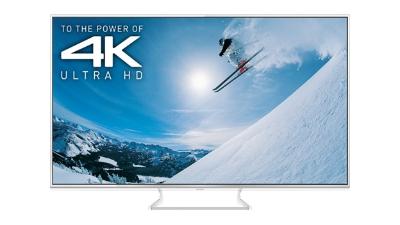
Your new TV will be one of your favourite purchases. Check out Best Buy’s selection of 4K TVs here.




